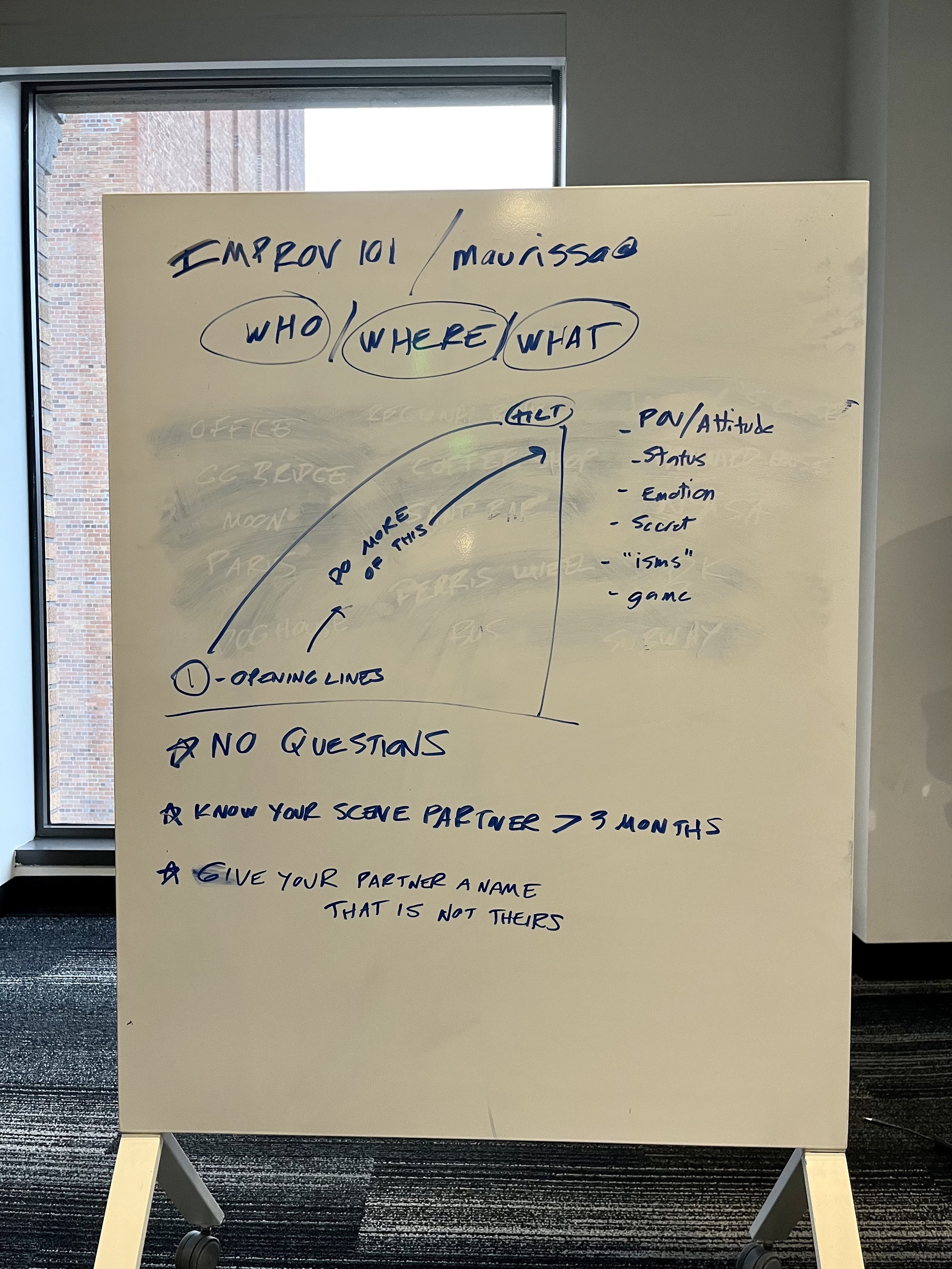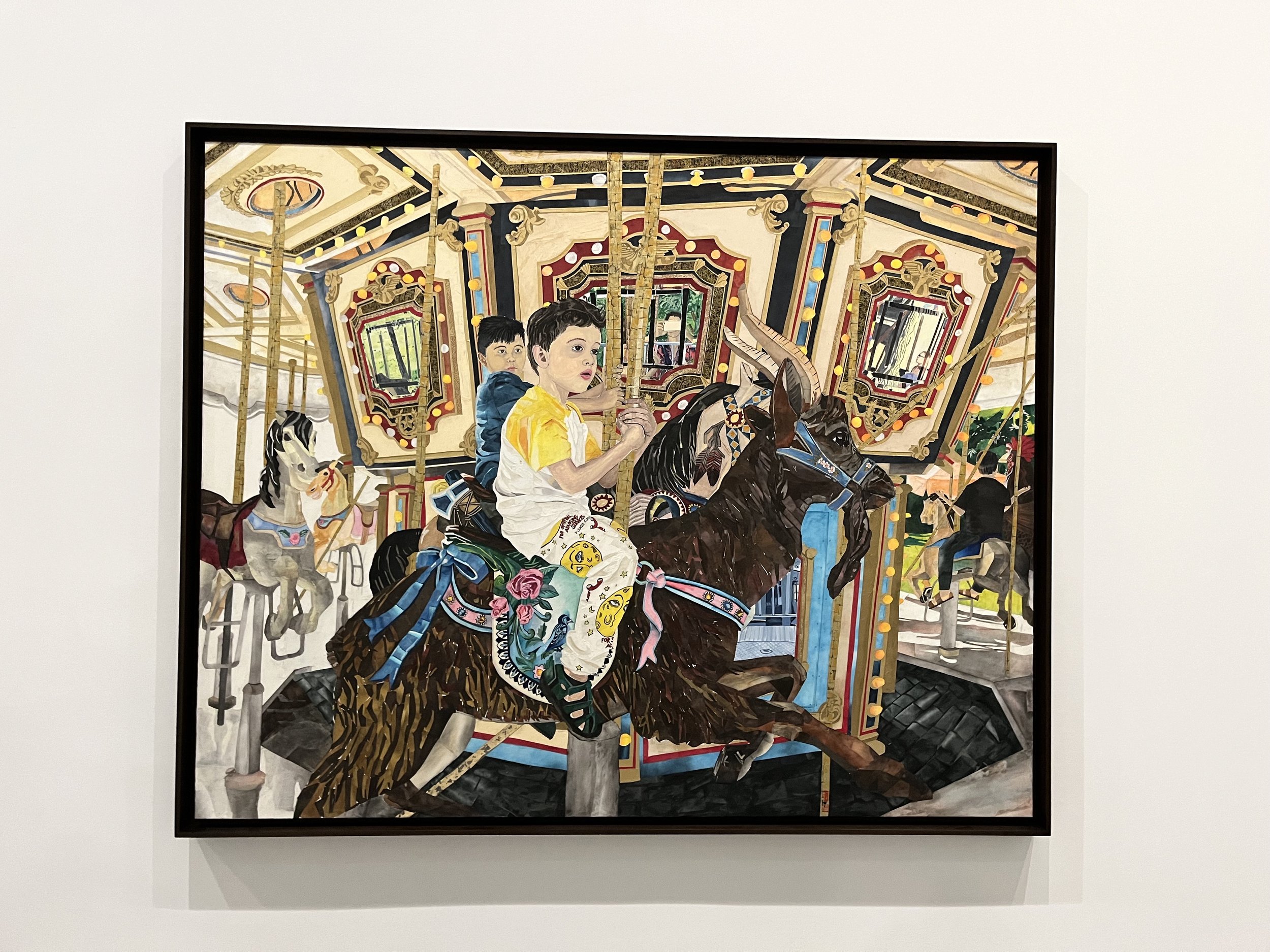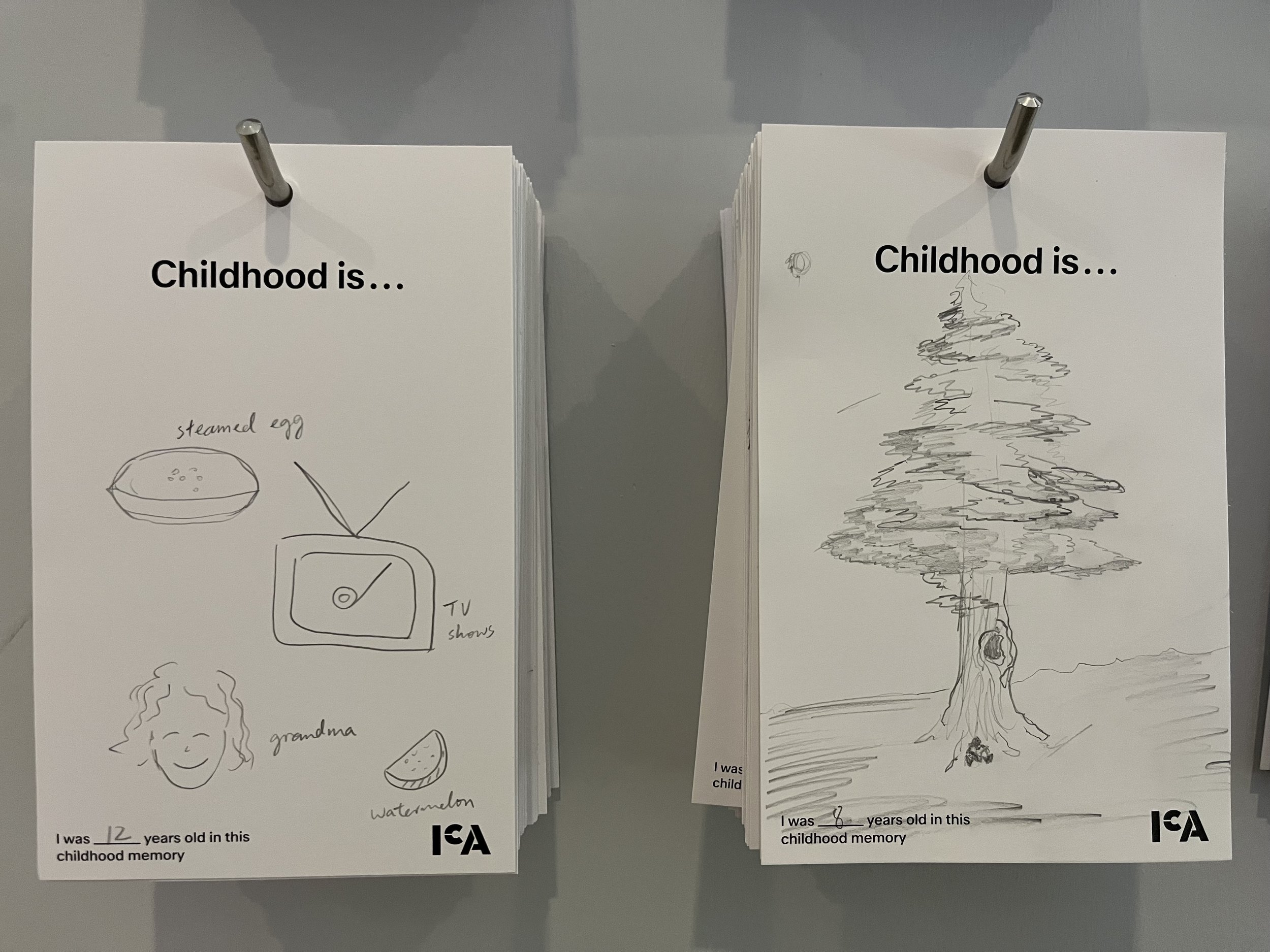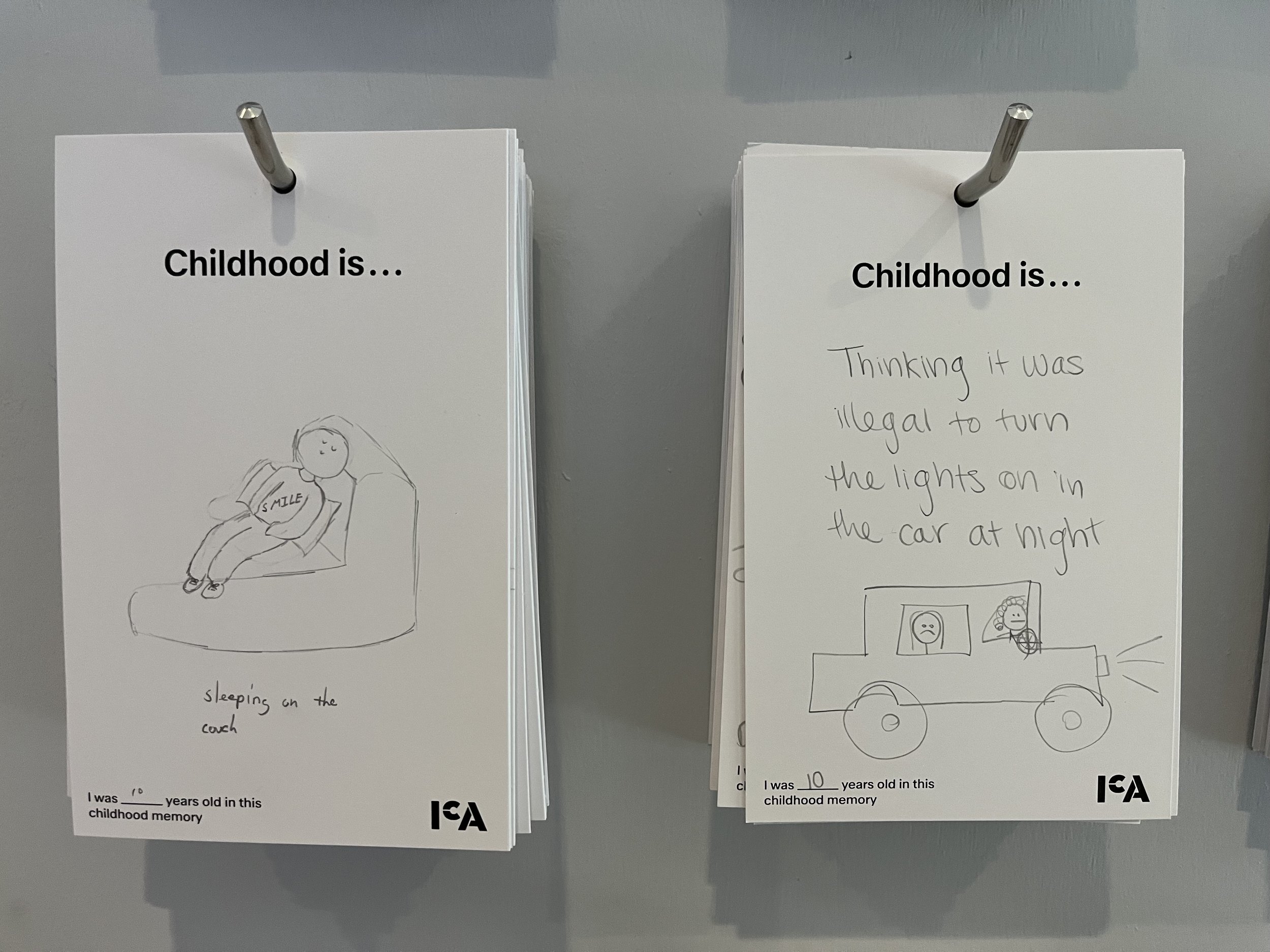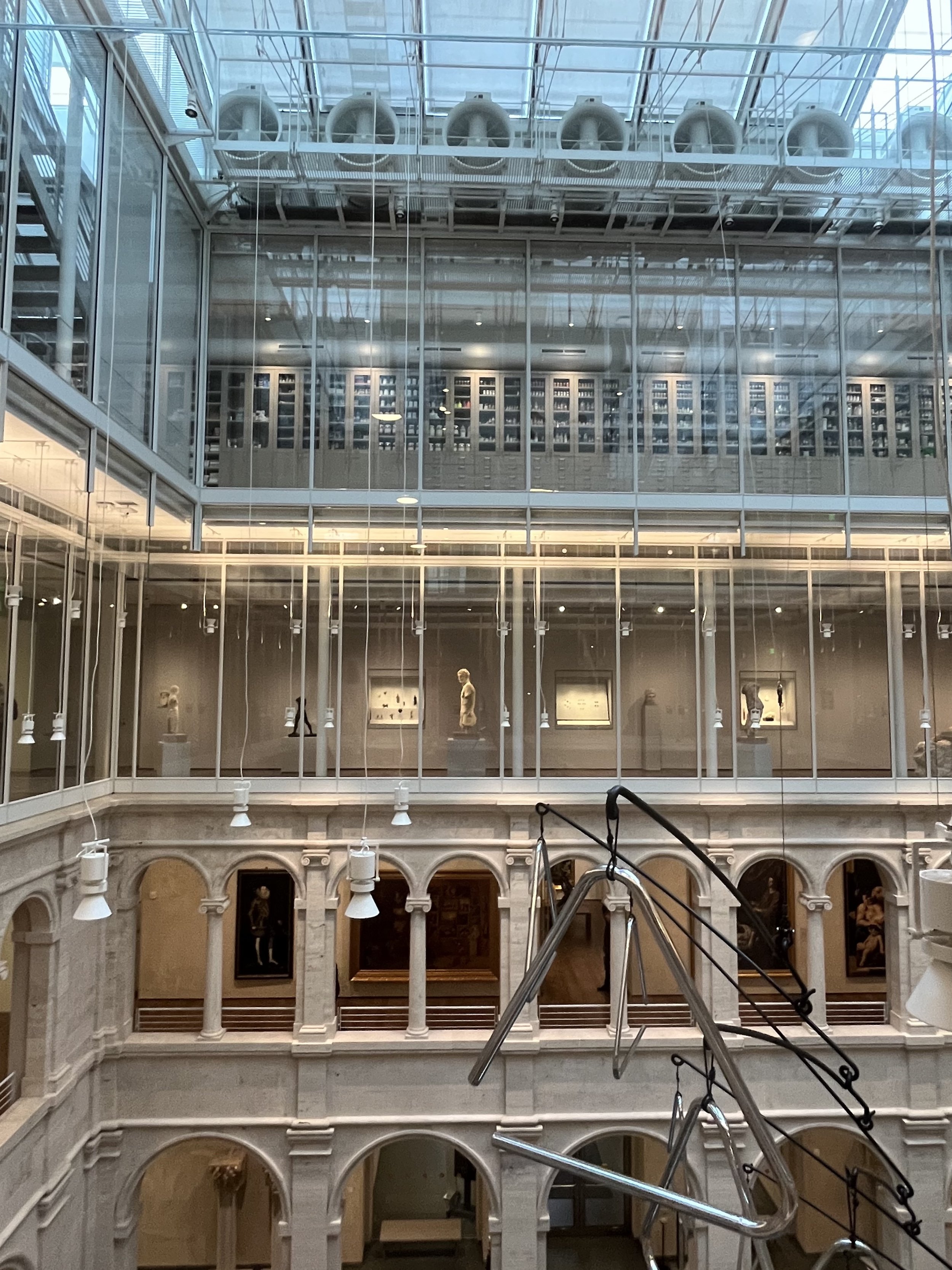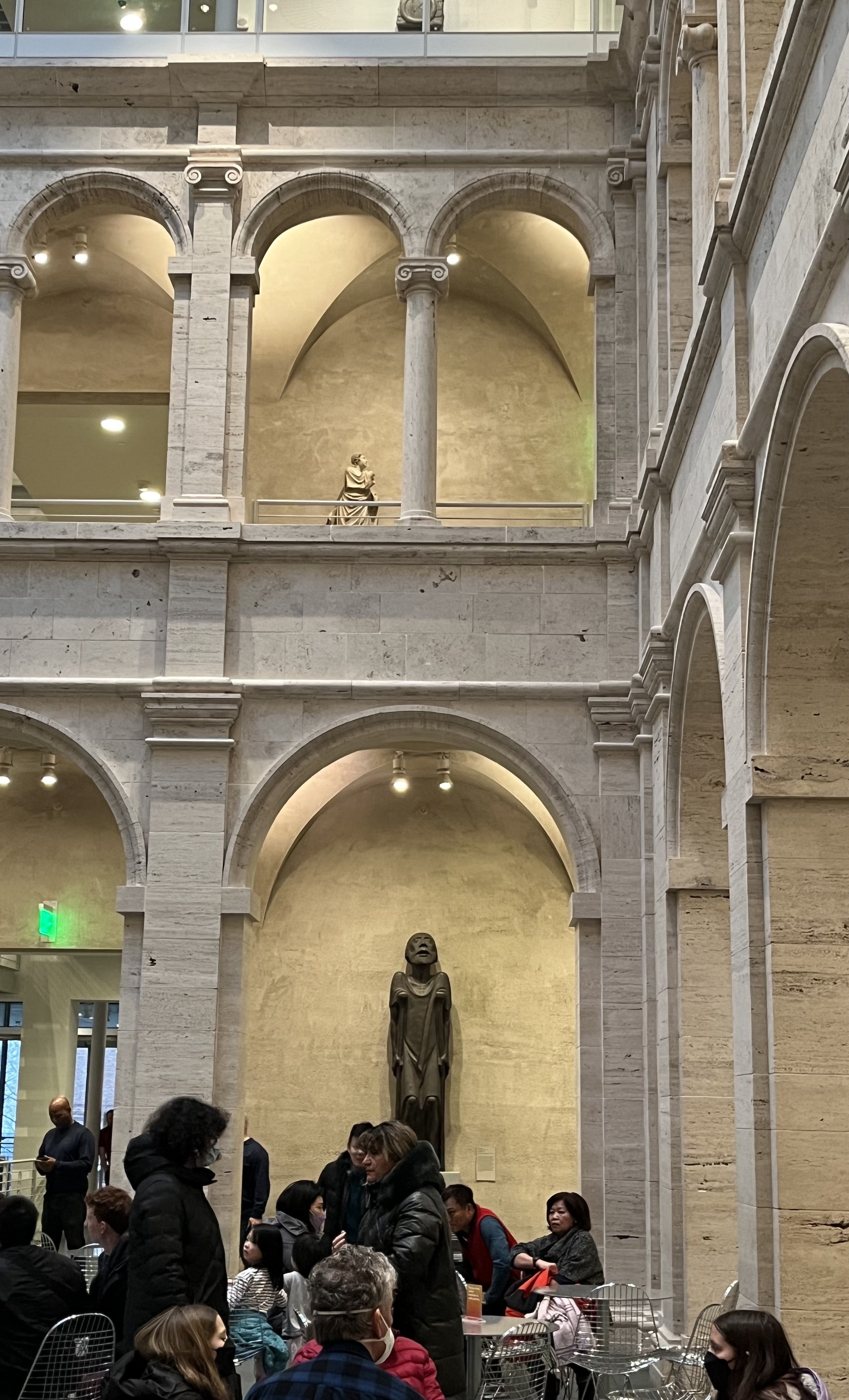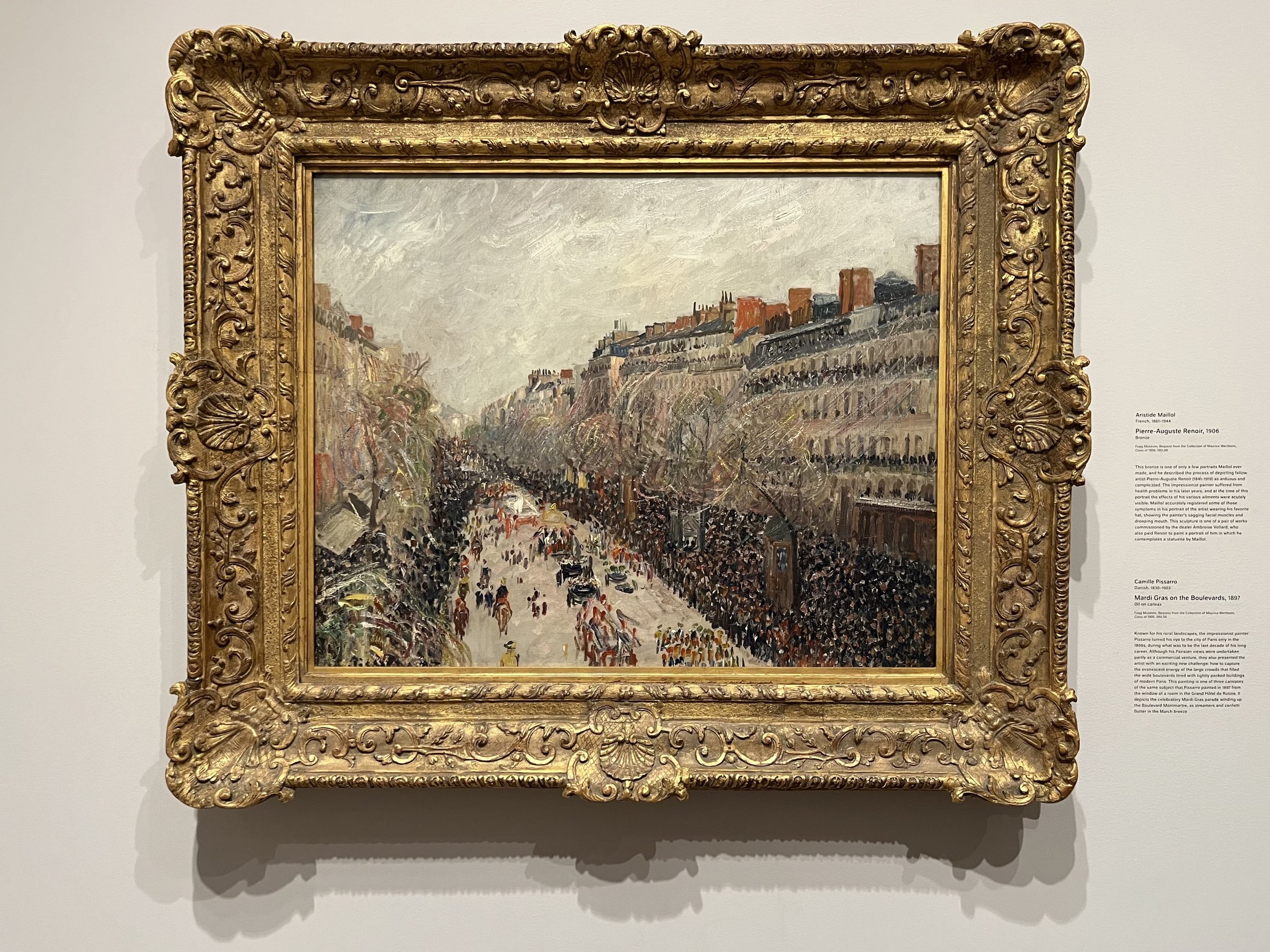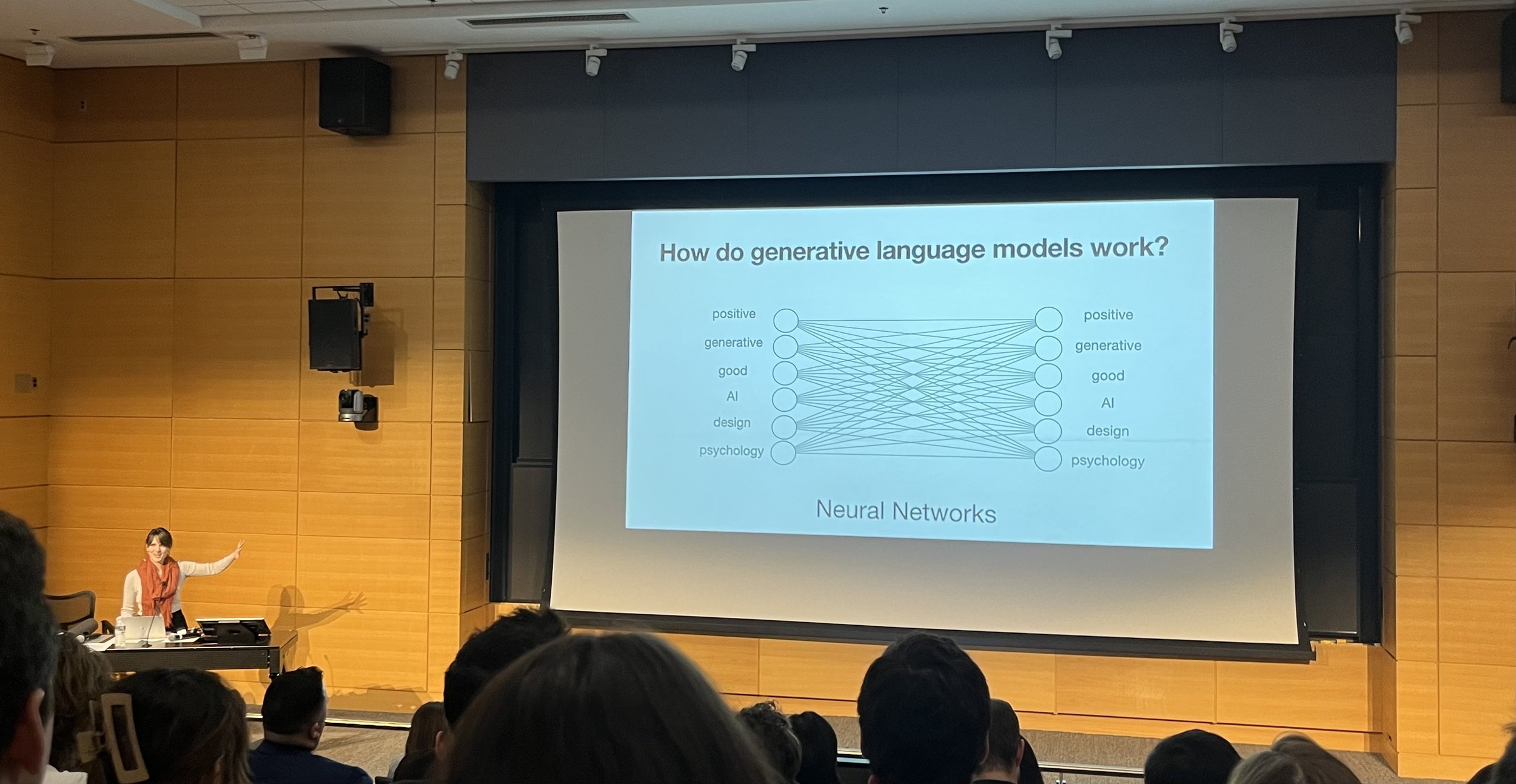五月和家人在法国休假,重游了巴黎和南法。上次来已经是六年前了,在加州待久了有时候视野和审美会变得局限,巴黎是一个特别尊重美和人文的城市,很喜欢巴黎人自由、优雅、松弛的精神面貌。
01 巴黎的设计风貌
今年七月巴黎即将举办奥运会,看着城市筹备奥运觉得耳目一新,好玩的是奥运场馆竟然把传统的砖红色跑道漆成了淡紫色(”shades of lavender”),这种看似细微、打破常规的设计既有创意又不增加太多成本,完美展现了法国的设计功力。此外,在凡尔赛国家议会场馆还有一组特别的雕塑——将断臂维纳斯设计成参与各项比赛的希腊神像,有打网球的、射箭的、还有冲浪的。与传统希腊雕像的象牙白不同,这些雕像采用了颜色鲜艳的奥林匹克高饱和亮色,使它们既有反差感,又充满活力。这两处设计是我目前看到最有创意、也最喜欢的奥运设计。
杜乐丽花园仍然是我私心最爱的公园,最初因为摄影师 Guillaume Lavrut 的喷泉系列摄影作品而开始关注这座花园的设计。出发前,我正好在读 Jane Jacobs 的《美国大城市的死与生》中关于公园设计的章节,这次逛花园时明显能感受到其以人为中心的设计理念。花园的中心不是景观,而是供行人散步的林荫大道。花园中心的喷泉设计优雅简约,突出了围在喷泉周围的绿色躺椅。每天都有大量游客和当地居民围坐在喷泉边聊天、吃法棍、发呆、约会,或者在逛完卢浮宫后出来透透气,这些坐在喷泉周围鲜活的人才是公园的主角。形形色色的人聚集在喷泉周围,自然形成了一个舞台中心,这些围坐的人既是观众也是表演者。正如 Jacobs 在书中提到的,好的公园不仅需要周围有足够丰富的商业和住宅区,这样有各种各样需求的人群能在不同时间段出入公园,同时也要提供一个能吸引人们自然汇聚的舞台中心,这样公园才会显得热闹而有活力。我想这也是杜乐丽花园的设计理念。
另一个印象深刻的例子是巴黎戴高乐机场的设计,候机楼的桌椅采用丝绒面料搭配黄铜复古手柄,灯的造型宛如烟花即将绽放。整体设计融合了现代的简约与古典的华丽,这一定算得上欧洲最美的机场之一。
Jardin des Tuileries
Assemblée Nationale
Jardin des Tuileries
Charles de Gaulle airport
02 法网:网球爱好者的迪士尼
这次法网的体验远超预期,像是网球爱好者的迪士尼乐园。园区内有三个主场馆,明星球员会在这里比赛。主场馆内设有直播间,现场有新闻记者播报赛况。场馆外还有多个室外训练场,观众可以近距离观察球员比赛,每分结束后观众可自由进出球场。走在园区里,第一次真切感受到来自世界各地的网球爱好者为一项运动而相聚的热烈氛围。
这次买的日场票是第三轮的晋级赛,在主场馆之一 Court Philippe-Chartrier 看了来自意大利的 Sinner 和俄罗斯的 Kotov 的男子单打。看到他们在赛场上拼尽全力去发挥出自己的最佳状态和水准,沉着地应对每一次进攻,观众全神贯注地关注着赛场的动态,那种热烈而专注的氛围很动人,是透过屏幕难以复制的独特体验。
场馆内刻着一句话:“Victory belongs to the most tenacious”(胜利属于最坚韧的人)。当时深深被这句话击中,这不仅是对球员的鼓励和提醒,想做好任何事情,都需要专注力、体力、和意志的坚韧。看 Sinner 和 Kotov 单打时,从观众席上能清晰地看到球员的优劣势,当时一直在想,果然一个人的优势也藏着他的劣势。比如 Sinner 擅长打靠近出界线的球,不好接,但也容易出界;Kotov 则喜欢打刚刚过网的球,也不好接,但经常因为球力度太轻不过网而丢分。看着他们比赛,意识到运动时所展现的状态和风格,其实也是生活中我们做事和理解自己优劣势的隐喻。后来得知 Sinner 在半决赛时竟然是男单积分最高的球员,这场比赛看似势均力敌,是因为他只需要发挥足够赢对手的实力就可以了。果然,胜利属于能留在场上最久的人。
Stade Roland-Garros
Court Philippe-Chartrier
Stade Roland-Garros
03 卢浮宫收藏的人类佳作
重游卢浮宫,再次被这里藏品的高水准所震撼。尤其钟爱群像画,其中最喜欢的是 Jacques-Louis David 的《拿破仑一世加冕大典》(The Coronation of Napoleon,1807)。站在如此大规模的作品面前,会感受到自身的渺小,反衬出作品所描绘世界的宏大。画中的众人见证着拿破仑为皇后加冕而神态各异,各怀心事。这也是我喜欢群像画的原因,每个人都会亲历某些历史事件,尽管只是看似渺小的旁观者,但个人的多样视角本身就具有意义。
去完意大利后,对雕塑的鉴赏力提高了很多。这次在卢浮宫特别喜欢古希腊雕像《胜利女神》(Victoire de Samothrace,公元前190年)。这座雕像将胜利的意象表达的淋漓尽致,尽管雕像失去了双臂,但身后的翅膀和向前倾的姿态展现的磅礴气势令人难忘,优雅轻盈又有力量。
艺术藏品和体育竞技的共性在于人们对探索人类潜能的热爱。在诺大的卢浮宫,场馆地图上只标出了十多件“最值得看”的藏品,这些在上千年历史长河中留下来的作品,就像体育竞技中胜出的冠军,只有最高水准的作品才能在现代仍然与普世价值共鸣。这也是为什么传世作品的题材都围绕着人性最本质的诉求,比如追求真、善、美、权力、爱情和战争。每个时期的艺术流派都有不同的媒介和表现方式,但其内容所表达的人类底层诉求和情感是不变的。
这也对应了一种简单易操作的艺术评判标准:当你站在一件作品面前,如果觉得有打动你的地方,那它就是有价值的。个人喜好会潜移默化地组成当代社会的价值取向,而时代的品味则选出了那些在卢浮宫地图上通过了时间考验的佳作。
Victoire de Samothrace
Vénus de Milo
04 体验人间的镜子
沉浸式体验最佳的是由巴黎商品交易所改造的皮诺私人美术馆(Bourse de Commerce - Pinault Collection),这座美术馆主要展出 François Pinault 五十多年来收藏的当代和新兴艺术作品。前身是巴黎的商品交易所,后来由日本建筑师安藤忠雄(Tadao Ando)以当代建筑风格进行改造。馆内有一个中央展览空间,以便参观者有更多元的动线和观赏视角。
这次最喜欢的是韩国艺术家 Kimsooja 在新展 Le Monde Comme Il Va(《世界如其所是》)中的镜面艺术装置。展览以伏尔泰的哲学短篇为名,讲述一位天使派使者前往人间去观察人类行为的故事。面对人类社会的矛盾与不确定性,神明不确定他们是否值得继续生存,还是应被毁灭以创造一个更好的文明。最终,天使决定让世界如其所是,相信人类能掌握自己的命运。
对应这则故事,Kimsooja 在圆形大厅的地面铺设了一面巨大的镜子,参观者可以穿上鞋套走在镜子上。镜子看似是一个透明的媒介,却诚实地反射出周围的环境、场内形形色色的人和透过展馆玻璃穹顶的蓝天。站在镜子上,看到倒置的世界时,对环境的感知会变得强烈。很喜欢镜子的隐喻:人通过不断经历事情、认识不同的人、与不同环境碰撞,以这些为镜去映照自己的状态。在亲密关系中尤其如此,对他人的认知常常只是映照了自己内心的想法。镜子同时也提醒我们关注现实中的人和具体场景,而不仅仅看到自己想看到的一面。这也是我今年的人生课题,通过接纳和融入真实的环境和他人,真正认知和完善自己。
Bourse de Commerce - Pinault Collection
Bonus: Château La Coste
在普罗旺斯的 Aix-en-Provence 北面约20分钟车程处,有一个艺术酒庄 Château La Coste。创始人是一位热爱葡萄酒和艺术的北爱尔兰人,酒庄的设计理念与加州的 Donum Estate 很像,主打酒庄和艺术中心的结合。酒庄内有许多由安藤忠雄设计的建筑,其中一条走廊由艾未未设计,庄园里还收藏了 Louise Bourgeois 的大蜘蛛雕塑。我们到达酒庄时已经快日落了,是临行前偶然在地图上发现的,也算有缘分,希望下次有机会多待几天。
Crouching Spider, by Louise Bourgeois (2003)
Drop, by Tom Shannon (2009)
Art Centre, by Tadao Ando (2011)
Mater Earth, by Prune Nourry
在法国放空的两周里,虽然身体在旅行,但思绪仍在消化上半年工作中的思考。在新环境里,我依然对事物的设计逻辑和人在其中的角色很敏感,但同时也意识到,自己看到的东西真的只是自己在意的东西而已。我的视线总会落在人本设计、打破常规的创意、人的运作模式和作品的传播性等等。以及关注自己一直渴望的能力,比如竞技场上的坚毅和能够接纳真实世界的包容力。看到不同文化下,大家都困惑着向前,反而觉得自己不是一个人在挣扎。也许就像皮诺美术馆里的展览《世界如其所是》里提到的,重要的是对真实世界保持觉知,认识自己,相信人的能动性会带着我们依旧向前。

















